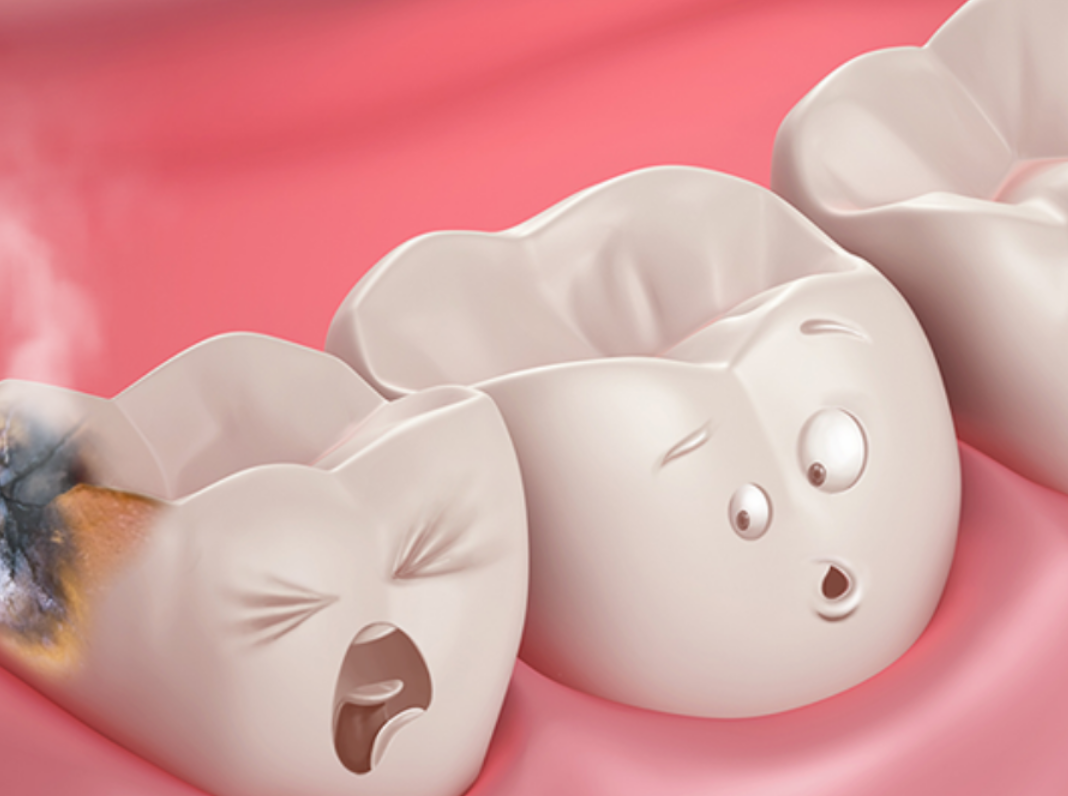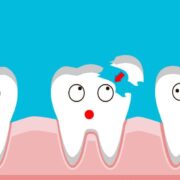“Bruised tooth” are serious dental problems that frequently go unnoticed. Understand why teeth get bruises and ways to relieve pain. This isn’t your average dental chat; instead, it’s an exploration of the world of dental tooth problems, presented in a casual and understandable style. Now let’s explore the nuances of dental bruises and learn how to maintain your flawless teeth!
What is a Bruised Tooth?
A dental contusion, sometimes referred to as a bruised tooth, is a condition in which the tooth experiences trauma but does not exhibit obvious fractures or splits. This dental ailment appears as pain and discomfort because the tooth’s inner pulp, or nerve tissue, has been damaged. A bruised tooth conceals its condition beneath the surface, making diagnosis more difficult than with a broken tooth, when the outside enamel is weakened.
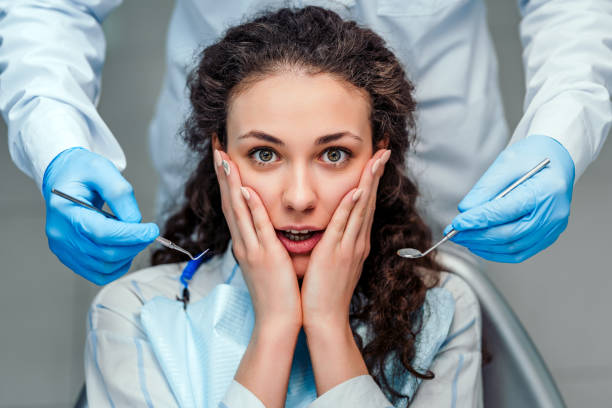
Difference in Bruised Tooth from Other Dental Problems
Cavities vs. Bruised Tooth: Cavities primarily involve decay of the enamel, leading to visible holes. A bruised tooth, on the other hand, exhibits pain without external signs, necessitating a more nuanced examination.
Cracked Tooth vs. Bruised Tooth: While both involve trauma, a cracked tooth presents visible damage to the enamel or dentin. A bruised tooth, however, conceals its distress, emphasizing the need for professional evaluation.
Gum Disease vs. Bruised Tooth: Gum disease often results in sensitivity and discomfort, but the source differs. A bruised tooth’s pain emanates from the pulp, while gum disease affects the surrounding tissues. Distinguishing these subtleties is essential for precise treatment.
Dr. Chirag Chamria’s Insights on early Identification
Prominent dentist Dr. Chirag Chamria highlights how important it is to identify a bruised tooth as soon as possible in order to treat it successfully. Dr. Chamria said that early detection of the symptoms enables rapid action, preventing the dental problems from getting worse.
Early detection reduces the chance of more dental problems while also ensuring quicker pain relief. As these could be signs of a bruised tooth, Dr. Chamria emphasizes that patients should be aware of changes in tooth sensitivity, discomfort when chewing, or inexplicable pain. Obtaining expert advice as soon as symptoms appear can greatly increase the likelihood of a full recovery.
Symptoms of a Bruised Tooth Dental Problems
Throbbing Pain
- Persistent and throbbing pain is a primary symptom of a bruised tooth.
- The pain intensifies during chewing or when pressure is applied to the affected tooth.
- Consistent discomfort, especially after meals, indicates the need for dental evaluation.
Sensitivity to Hot and Cold
- Heightened sensitivity to hot and cold stimuli is a distinctive sign of a bruised tooth.
- Sharp, shooting pain occurs when consuming hot or cold foods and beverages.
- This sensitivity is a result of trauma to the tooth’s pulp, making nerve endings more responsive to temperature changes.
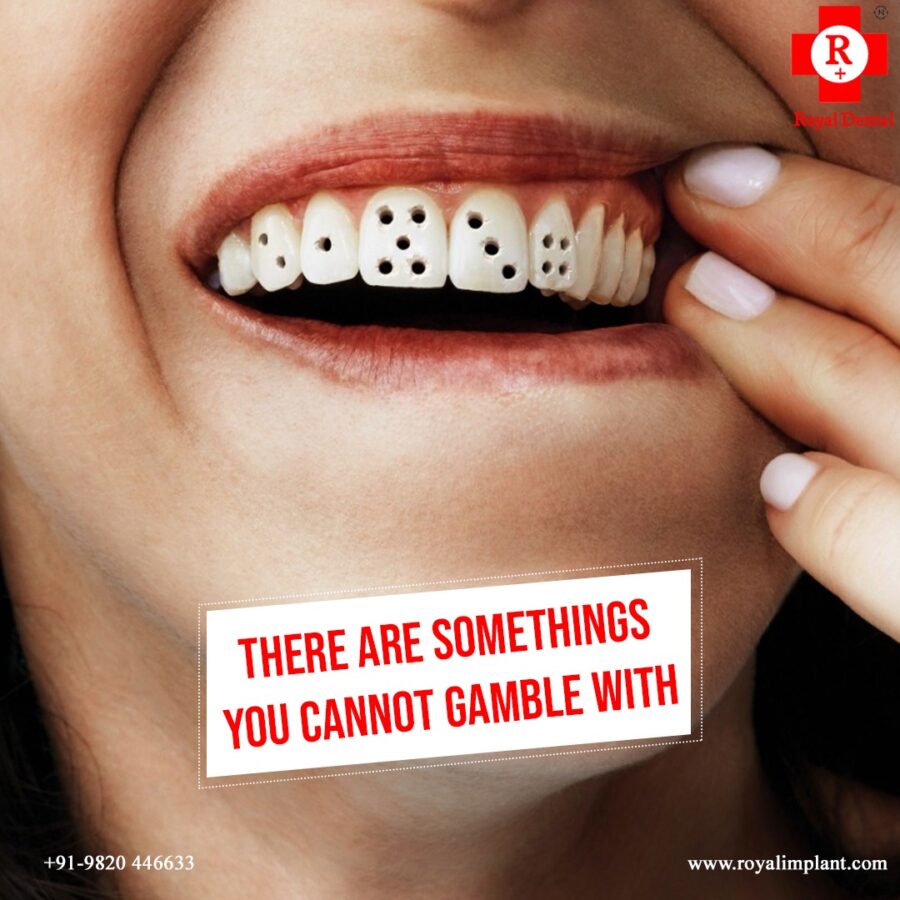
Changes in Tooth Color
- Discolouration or darkening of the affected tooth is a visual indicator of potential bruising.
- Observing any alterations in tooth color, even if subtle, can provide valuable clues.
- Regular inspection of teeth, especially after trauma, helps in early detection and diagnosis.
Gum Swelling and Tenderness
- Swelling and tenderness in the gums around a specific tooth suggest underlying dental problems, including a bruised tooth.
- Trauma to the tooth can lead to inflammation, causing localised swelling and sensitivity.
- Monitoring changes in gum health aids in the early identification of potential issues.
Expert Advice
It is recommended to patients to not disregard even slight discomfort or changes in their dental health. Dr. Chirag Chamria advises routine dental examinations to ensure early detection and treatment. Early symptom recognition enables targeted therapy, halting the advancement of tooth issues.
Causes of Bruised Tooth
Trauma and Injury
Sudden trauma or injury to the mouth is frequently the cause of bruising on teeth. Accidents that involve falls, sports-related collisions, or car accidents can cause direct hits to the teeth. The force from such accidents can cause internal trauma to the tooth’s pulp, which is the sensitive inner tissue that contains blood vessels and nerves, even in the absence of evident outer damage. It’s important to realize that accidents can cause more than just physical harm.
People who have suffered from facial or oral trauma, even from events that appear to be trivial, should be on the lookout for any signs of tooth bruises and should get a professional dental examination as soon as possible to address any underlying dental problems.
Teeth Grinding (Bruxism)
The habitual clenching or grinding of teeth, or bruxism, is identified as a major cause of tooth bruises. The teeth are continuously compressed and irritated by this involuntary activity, which frequently takes place while you sleep. As a result of ongoing tension on the teeth, interior damage might eventually result in tooth structure bruising. Preventing tooth bruises requires early detection and treatment of bruxism.
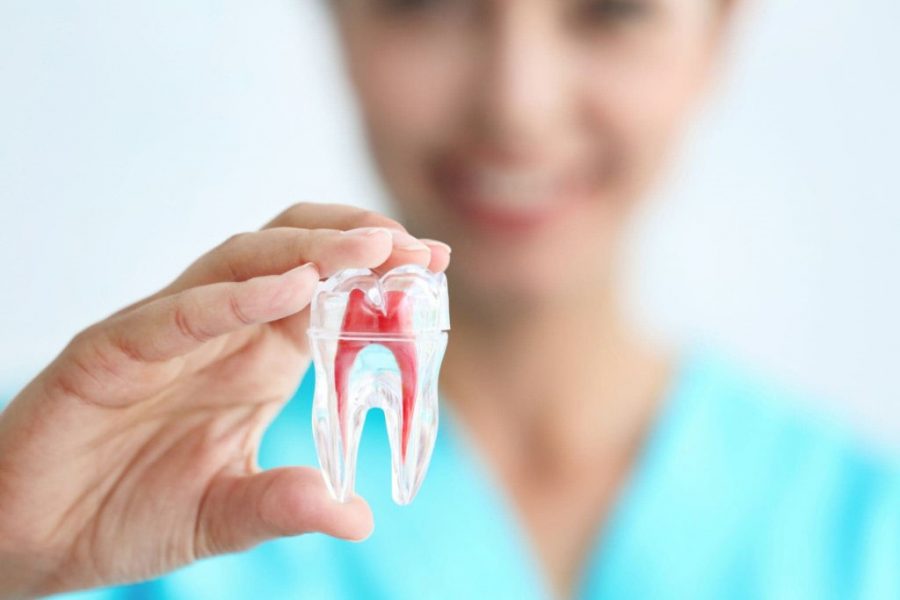
The effects of teeth grinding can be lessened by dental therapies like night guards or behavior modification programs. Knowing the warning symptoms, such as experiencing headaches or jaw pain upon waking up, enables people to seek dental assistance promptly and maintain their oral health.
Biting on Hard Objects
There are unanticipated risks to tooth health associated with the seemingly harmless habit of biting hard items. Using your teeth to open packages, crunching unpopped popcorn kernels, or eating ice can all cause internal tooth trauma due to the force involved. The tooth’s interior pulp may bruise as a result of this stress, even if it is not noticeable right away. Preventing avoidable dental damage requires raising knowledge of the possible risks associated with biting on hard items. Educating people to create routines that put their teeth’s safety first—like using scissors to open packages rather than their teeth—can help them prevent accidents and lower their chance of getting bruised teeth.
How to Heal a Bruised Tooth?
Dr. Chirag Chamria’s Emergency Guide
Renowned dentist Dr. Chirag Chamria offers a useful emergency tip for what to do right away if you break your tooth. It is urgent to take the following actions: avoid applying pressure to the bruised tooth, rinse the mouth gently with warm water, and apply a cold compress to the affected area. Following trauma, prompt and effective response can greatly influence the result. The goal of Dr. Chamria’s advice is to prevent additional harm and establish an atmosphere that is favorable for the early phases of recovery.
Over-the-Counter Pain Relievers
The pain brought on by a bruised tooth can be effectively managed with over-the-counter medications like acetaminophen or ibuprofen. In the early phases of recovery, pain and inflammation can be reduced by taking the prescribed amount. Before taking any medicine, patients are recommended to speak with their dentist or other healthcare provider to be sure it will not conflict with anything else they may be on or affect their general health.
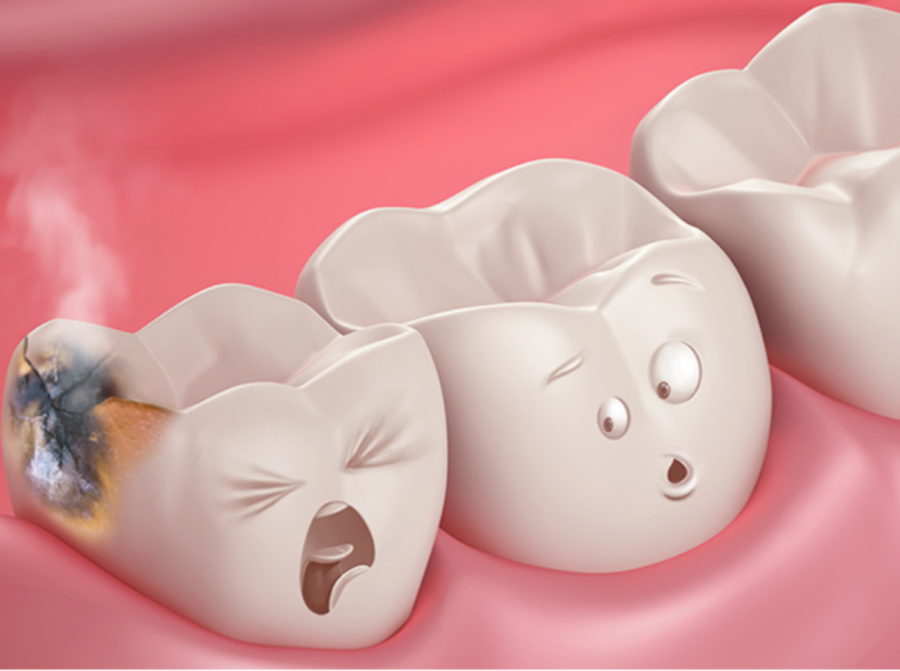
Lifestyle Adjustments for a Speedy Recovery
A purposeful change in lifestyle is essential for a quick recovery from dental bruises. In order to reduce stress during the healing process, patients are recommended to avoid chewing on the side of the damaged tooth and to stick to softer foods. Furthermore, breaking bad behaviours like biting on hard objects or grinding one’s teeth will help stop additional harm. Through the identification and avoidance of triggers, individuals can facilitate an environment that is favourable for dental healing. These modifications support more effective recuperation and are a supplement to medical care.
Application of Cold Compress
- Procedure: Particularly on the region where the tooth is injured, apply a cold compress to the exterior of the mouth. To prevent direct skin contact, use an ice pack or clean cloth wrapped in a small towel.
- Timing: Use the cold compress for brief periods of time—roughly fifteen minutes at a time. In the early hours after the trauma, repeat this procedure to successfully control pain and edema.
- Benefits: Increases blood vessel constriction, which lowers blood flow to the injured area. numbs the area, relieving pain and discomfort right away. lessens inflammation, which makes the healing process more comfortable.
- Caution: To avoid harm or frostbite, do not apply the cold compress straight to the skin. To avoid overexposure, use moderation and allow intervals between applications.
Bruised Tooth Healing Time
Dr. Chirag Chamria’s Insights
Dr. Chirag Chamria stresses that in order to ascertain each person’s specific healing period, a personalized examination is needed. The dentist’s method for calculating healing time is based on a number of factors, including the patient’s dental condition, medical history, and reaction to treatment.
In order to manage expectations, the dentist and the patient must communicate clearly. Dr. Chamria makes sure that patients are aware of the particulars of their situations, any potential difficulties, and how long the healing process should take.
Depending on the patient’s development, Dr. Chamria may modify the therapy regimen. Continuous assessment makes it possible to make adjustments as needed, guaranteeing that the strategy is in line with the patient’s reaction to treatment.
Factors Influencing Healing Time
- Extent of Injury: The length of time it takes to heal depends on the extent of the tooth bruise, including how deeply the pulp was damaged. In comparison to milder situations, deeper injuries could necessitate a longer recovery time.
- Promptness of Treatment: Following the trauma, prompt and effective treatment might hasten the recovery process. Prompt intervention, as advised by dental specialists, helps establish a conducive atmosphere for healing.
- Patient’s Overall Health: The body’s capacity for healing and general health issues affect how long it takes to recover. Compared to patients with underlying medical conditions, those in good general health may recuperate more quickly.
- Adherence to Home Care Practices: Healing time is dependent on how closely and consistently advised home care techniques are followed. Patients who adhere to recommended protocols facilitate a quicker and more effective recovery.
Conclusion
In conclusion, understanding the variables affecting a bruised tooth dental problems healing period is essential for a successful recovery. Important factors include the extent of the injury, timely medical attention, and general health. Following medical advice and acting quickly are essential for the best possible outcome. A quicker recovery time and cooperation with dental specialists guarantee a more seamless and effective healing procedure. Make early intervention and guidance a top priority at all times to guarantee the successful restoration of oral health.
All rights reserved by Royal Dental Implants Pvt Ltd., issued in public interest

